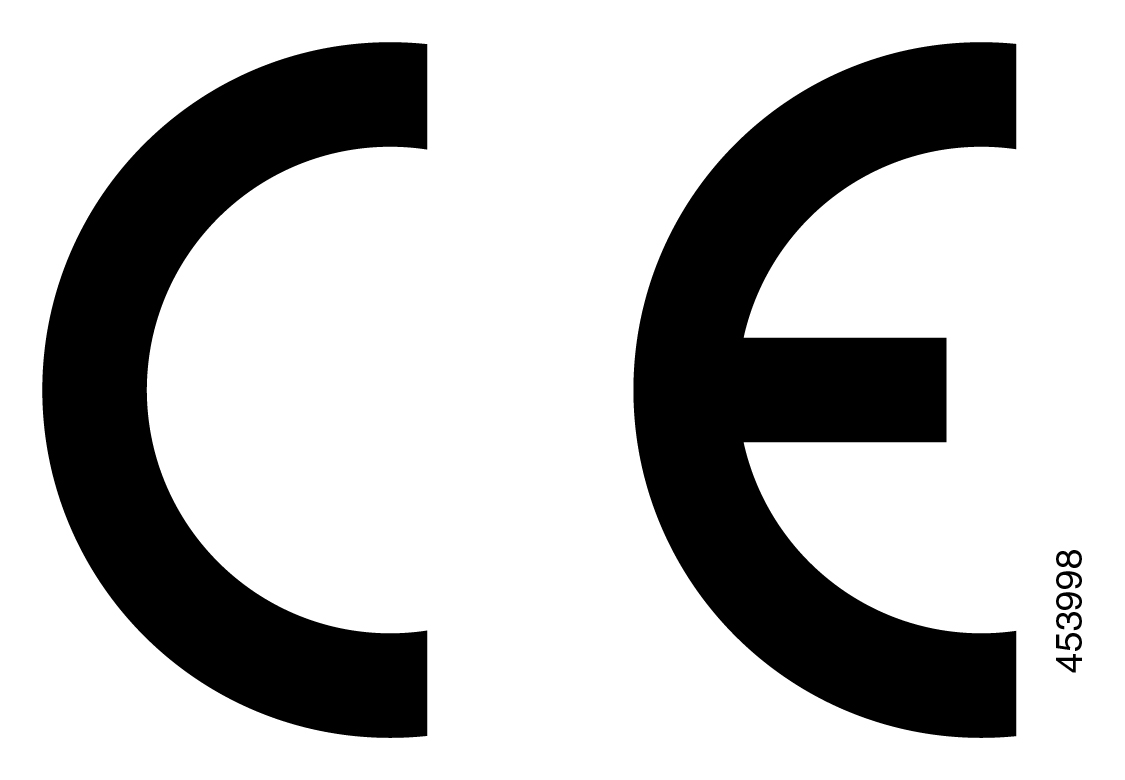- Home
- /
- Article





Desk Camera safety and compliance
 In this article
In this article Feedback?
Feedback?See the following for important safety information and compliance statements for your camera.
Safety and performance information
External devices
We recommend that you use good-quality external devices that are shielded against unwanted radio frequency (RF) and audio frequency (AF) signals. External devices include headsets, cables, and connectors.
Depending on the quality of these devices and their proximity to other devices, such as mobile phones or two-way radios, some audio noise may still occur. In these cases, we recommend that you take one or more of these actions:
-
Move the external device away from the source of the RF or AF signals.
-
Route the external device cables away from the source of the RF or AF signals.
-
Use shielded cables for the external device, or use cables with a better shield and connector.
-
Shorten the length of the external device cable.
-
Apply ferrites or other such devices on the cables for the external device.
Cisco cannot guarantee the performance of external devices, cables, and connectors.
In European Union countries, use only external speakers, microphones, and headsets that are fully compliant with the EMC Directive [89/336/EC].
UL warning
The LAN/Ethernet cable or other cables attached to the device should not be extended outside of the building.
The following applies when the device is used as an accessory with the UL Listed product Webex Desk Hub. Please contact Cisco for further Information.
If you use the device with an external monitor, then the monitor should not exceed 6.84Kg or you risk an injury.
Product label
The product label is located on the camera clip surface.
Compliance statements for the European Union
CE marking
The following CE mark is affixed to the equipment and packaging.

Compliance information for Japan
VCCI Compliance for Class B Equipment 
FCC compliance statements
The Federal Communications Commission requires compliance statements for the following:
FCC part 15.19 statement
This device complies with part 15 of the FCC Rules. Operation is subject to the following two conditions: (1) This device may not cause harmful interference, and (2) this device must accept any interference received, including interference that may cause undesired operation.
FCC part 15.21 statement
Changes or modifications not expressly approved by the party responsible for compliance could void the user’s authority to operate the equipment.
FCC receivers and Class B digital statement
This product has been tested and complies with the specifications for a Class B digital device, pursuant to Part 15 of the FCC Rules. These limits are designed to provide reasonable protection against harmful interference in a residential installation. This equipment generates, uses, and can radiate radio frequency energy and, if not installed and used according to the instructions, may cause harmful interference to radio communications. However, there is no guarantee that interference will not occur in a particular installation.
If this equipment does cause harmful interference to radio or television reception, which is found by turning the equipment off and on, the user is encouraged to try to correct the interference by one or more of the following measures:
-
Reorient or relocate the receiving antenna
-
Increase the separation between the equipment or devices
-
Connect the equipment to an outlet other than the receiver's
-
Consult a dealer or an experienced radio/TV technician for assistance
Cisco product security overview
This product contains cryptographic features and is subject to U.S. and local country laws that govern import, export, transfer, and use. Delivery of Cisco cryptographic products does not imply third-party authority to import, export, distribute, or use encryption. Importers, exporters, distributors, and users are responsible for compliance with U.S. and local country laws. By using this product, you agree to comply with applicable laws and regulations. If you are unable to comply with U.S. and local laws, return this product immediately.
Further information regarding U.S. export regulations can be found at https://cisco.com/go/usear.
Important online information
End User License Agreement
The End User License Agreement (EULA) is located here: https://www.cisco.com/go/eula
Regulatory Compliance and Safety Information
Regulatory Compliance and Safety Information (RCSI) is located here:


